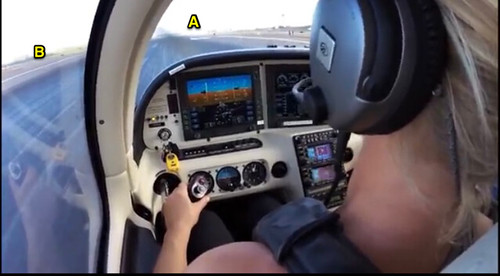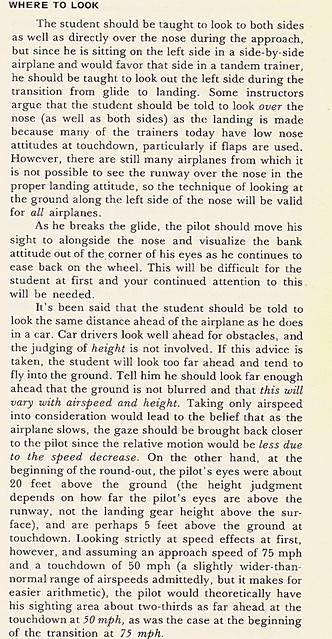dmspilot
Final Approach
- Joined
- Oct 20, 2006
- Messages
- 5,852
- Display Name
Display name:
DISPLAY NAME
I teach all of my students the importance of looking straight ahead, not at the middle of the nose. I would think every halfway decent instructor does the same.
https://www.pilotsofamerica.com/com...m-to-nail-the-center-line.71424/#post-1463383
https://www.pilotsofamerica.com/com...m-to-nail-the-center-line.71424/#post-1463383




